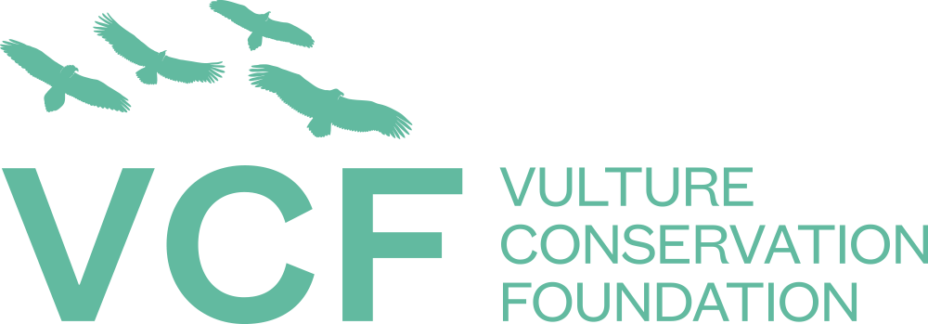
One more Cinereous Vulture in Portugal got a second chance in life following a rescue and rehabilitation mission. The individual was recently freed into the wild and is now a part of vital monitoring efforts to better understand the behaviour and movements of the species in the country, where it is considered Critically Endangered. A Griffon Vulture that faced similar challenges also returned to the wild alongside the Cinereous Vulture.
Rescuing and rehabilitating the Cinereous Vulture
One Cinereous Vulture and a Griffon Vulture were recently found weakened and malnourished in Portugal.
The Cinereous Vulture is a 2 CY individual that was ringed in the nest in Tejo Internacional Natural Park (Castelo Branco) and was found weak but in good condition near Rogil (Aljezur). The Griffon Vulture, also a 2 CY individual, was previously ringed in Spain.
Upon detecting that the birds needed help, they entered the wildlife rehabilitation centre RIAS to receive proper treatment. The staff at the centre did a fantastic job as the two individuals made a full recovery shortly after, allowing them to return to the wild.
Releasing and monitoring the Cinereous Vulture in Portugal


One week prior to the release, a technician equipped the Cinereous Vulture with a GPS transmitter provided by us at the Vulture Conservation Foundation (VCF) to inform our ongoing monitoring activities for the species in Portugal.
Park rangers from the ICNF -Instituto para a Conservação da Natureza e Florestas retrieved the birds and released them on Wednesday 23 March at Alcaria Ruiva, Mértola, in southern Portugal.
Following the release, the Cinereous Vulture, named Rosa, and Griffon Vulture, named Calima, immediately took flight. Thanks to Rosa’s GPS transmitter, we can see that the Cinereous Vulture travelled north and crossed over to Spain after the release and seems to be adapting well back to life in the wild.

Following Cinereous Vultures in Portugal
In 2018, we provided the GPS tag for the first Cinereous Vulture to be tracked using a GPS transmitter in Portugal and we continued to tag more birds ever since. This information provided by tracking these birds is vital to reveal any threats the birds may face as the species continues to make a comeback across Portugal. The insight from this data will be useful for conservationists to enable them to carry out actions to reduce the risk the birds face and help support the species comeback. You can follow these birds online by visiting the maps that are generated from the data collected from the GPS transmitters.
Cinereous Vultures in Portugal
The Cinereous Vulture became extinct as breeding species in Portugal in the 1970s, mostly due to the use of poisoned carcasses targeting unwanted predators. An increasing population in Spain saw the species regularly visiting Portugal to forage, with the first pair breeding in central Portugal (Tejo Internacional) in 2010 (where now there is a small colony of more than fifteen pairs), and then in north-eastern Portugal (one single pair). And in 2015 the species recolonised Herdade da Contenda in south-eastern Portugal, and has bred there successfully ever since – there are currently ten breeding pairs there now.
Working for the recovery of Cinereous Vultures
With the recovery of the species in Spain, there has been a range of conservation projects supporting the conservation of the Cinereous Vultures in Portugal such as the cross-border LIFE Rupis project in the Douro Canyon. The Liga para a Protecção da Natureza (LPN) also led on the LIFE Habitat Lince Abutre, which came to an end in 2014. This project established a network of 10 feeding sites and constructed 30 artificial nesting platforms in southern Portugal, which were instrumental to the successful breeding of pairs in Contenda. Wildlife rehabilitation centres like the one run by RIAS also play an important role in the efforts to conserve Cinereous Vultures and other vulture species, as they often receive and rehabilitate injured or weakened vultures that are found across Iberia.
We hope both birds won’t need any assistance again and have a long and healthy life ahead!






